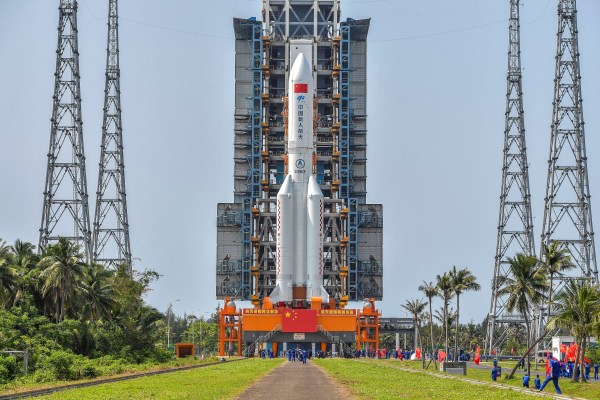A SpaceX rocket launched, released a satellite, and landed overnight
While much of the United States was either sleeping or winding down their Saturday evening, SpaceX was keeping busy.
The aerospace company sent one of its Falcon 9 rockets skyward at around 12:30 a.m. ET in an overnight launch that ferried a hefty Sirius XM satellite, dubbed SXM-8, into Earth’s orbit. It was a smooth 125th mission for the company, also its 18th of 2021.
It was the third successful launch and landing for the Falcon 9 rocket that did most of the (literal) heavy lifting. Unlike NASA rockets of the past, SpaceX’s Falcon 9 booster is built to be reusable. After ferrying its payload out of Earth’s atmosphere, built-in thrusters flipped the rocket around and reoriented it for the return trip.
The same powerful engine that helps it escape Earth’s pull is crucial for the landing as well. The rocket’s main thruster fires as it descends in order to slow it down enough to execute a safe landing. That’s exactly what happened roughly nine minutes after the overnight launch, as the Falcon 9 completed its third round trip with a perfect touchdown on the Just Read the Instructions droneship.
While that landing played out, the rocket’s satellite-toting nosecone (aka the payload fairing) continued its ascent. Less than a half hour after the rocket first lifted off, the nose cone’s outer shell peeled away, opening the way for SXM-8 to be released into orbit — which happened around 1:00 a.m. ET.
Space launches have of course become much more common in recent years as the doors have opened to commercial spacefaring interests. Case in point, the SXM-8 launch — like so many other SpaceX launches so far — took off from Cape Canaveral in Florida, a Department of Defense-owned facility that’s overseen by the U.S. Space Force.
Common or not, though, it’s still cool as hell to see human ingenuity send a rocket soaring into the stars.


